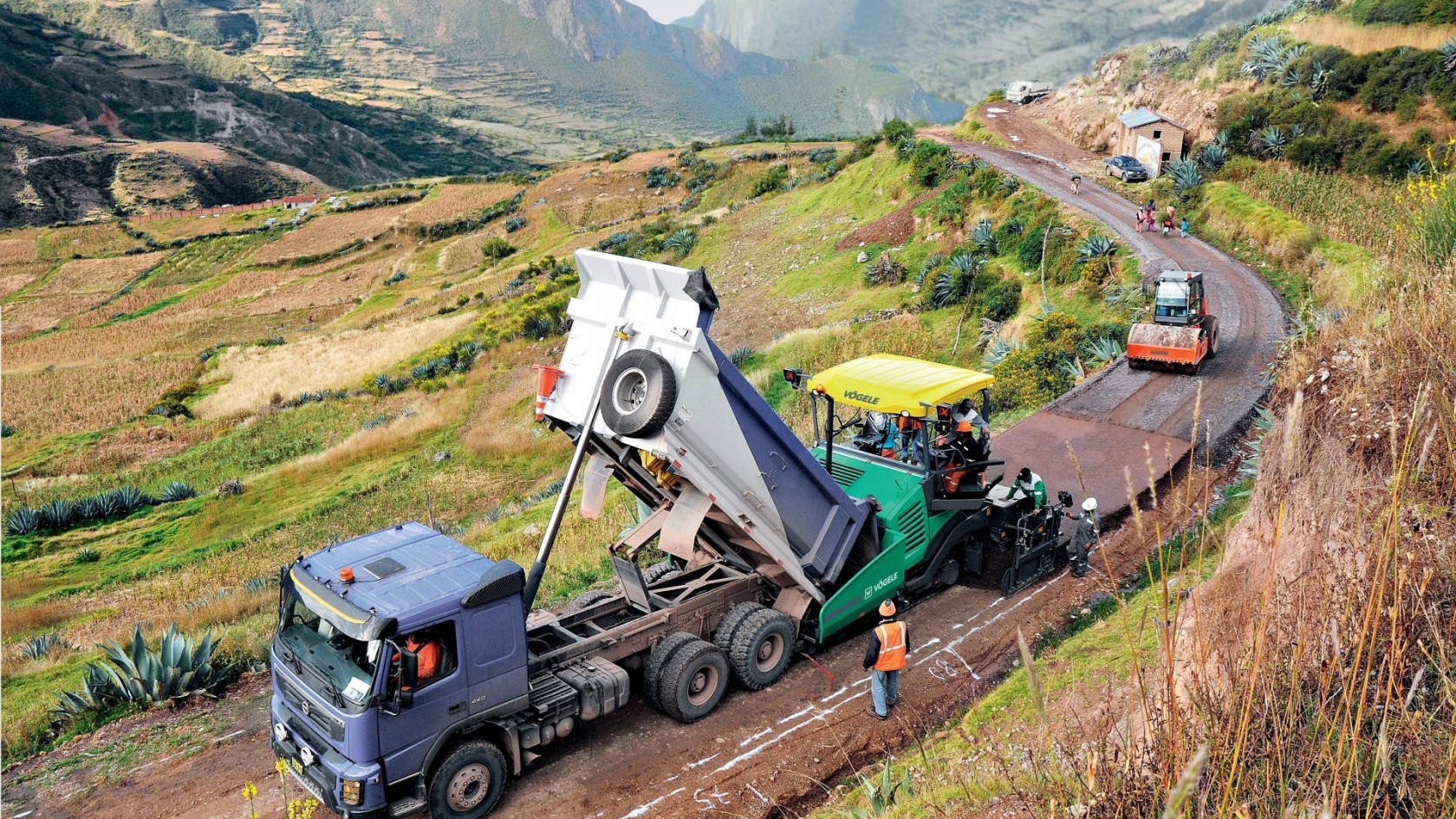The bottom layer essentially comprises an unbound mixture of coarse and fine crushed stone, as well as crushed sand, to achieve the desired load-bearing capacity and absorb traffic loads so that the underlying subgrade is not deformed.
The base course serves as a foundation for the paving. Depending on the stresses to be expected, the road comprises various layers of different thickness in order to withstand the most diverse weather conditions and remain serviceable for many decades.
A gravel layer protects against frost
Roads are exposed to particularly high stresses when the water contained in the pavement structure begins to freeze. Water expands when freezing, which can lead to frost damage that will sooner or later have an impact also on the road surface. This is prevented by a so-called frost blanket which usually consists of a mixture of gravel and sand, supplemented by crushed mineral aggregate. When compacted, these layers of frost-resistant materials conduct water away from the upper pavement layers, reducing tensions very effectively at the same time.
